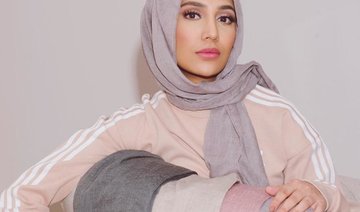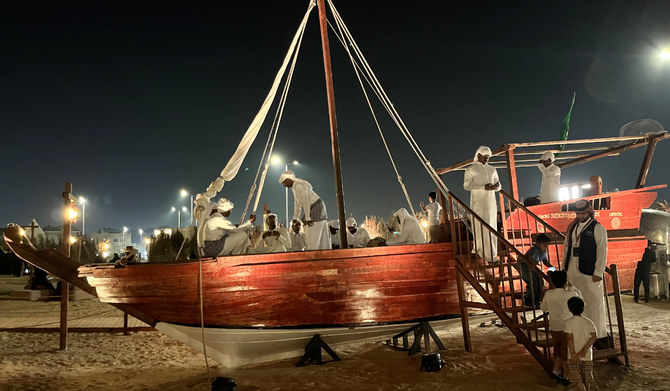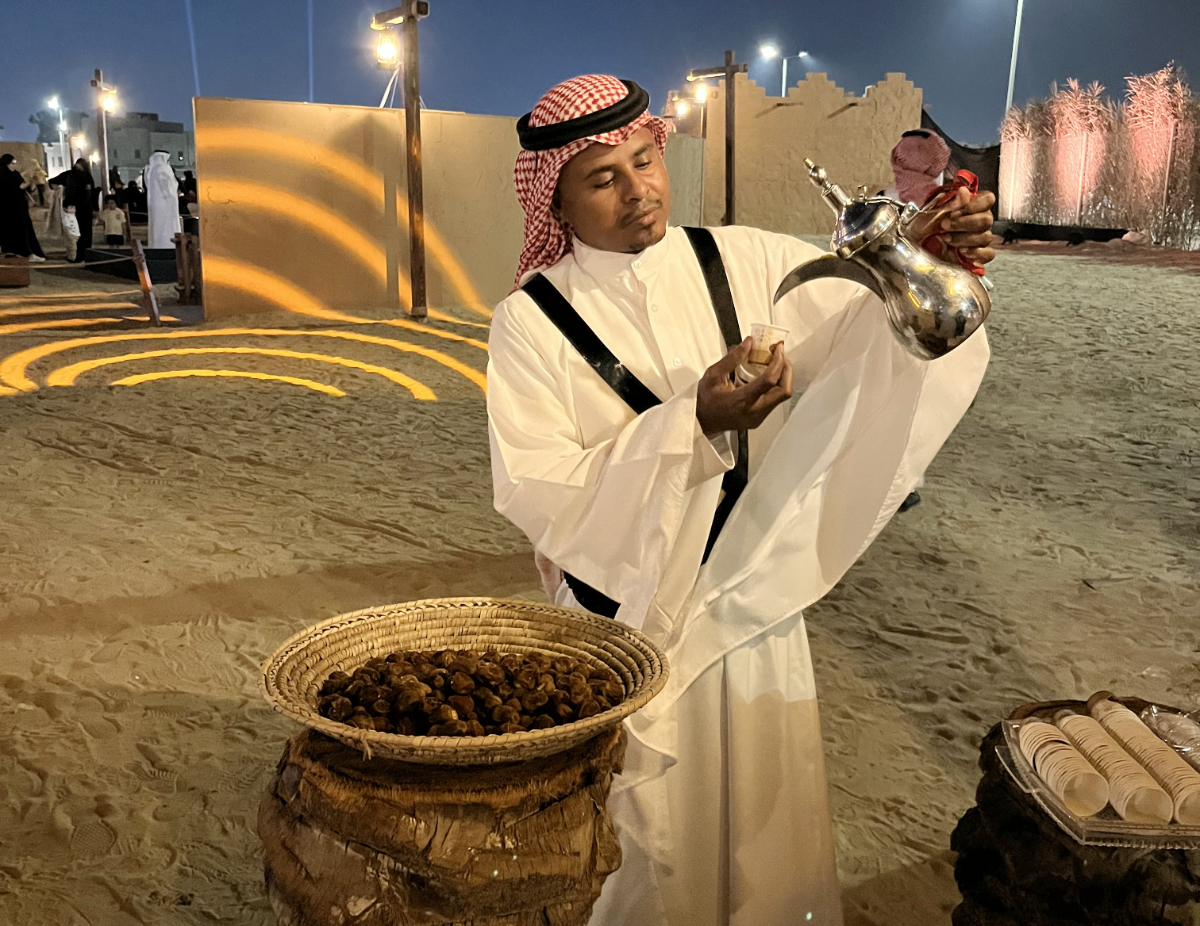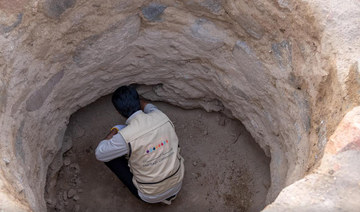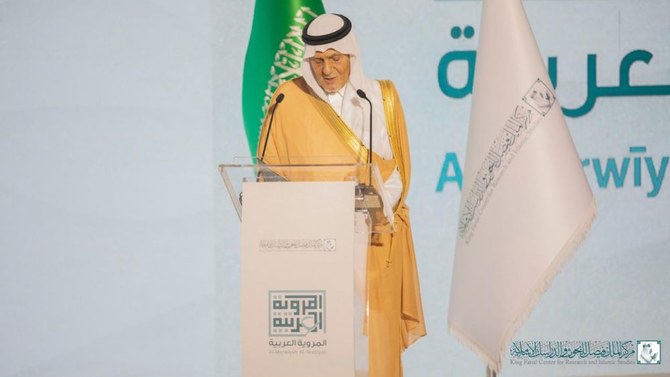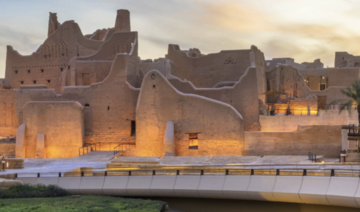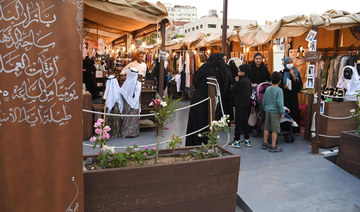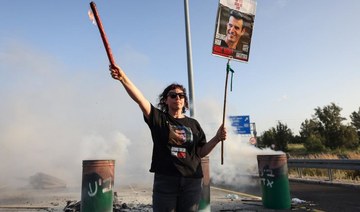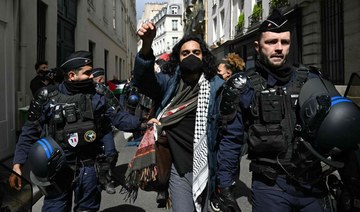JEDDAH: They say a picture speaks a thousand words, and that is certainly true for Saudis. For years, foreign photographers and journalists — visitors to the Kingdom — have told our stories. But over the past decade, there has been a significant rise in regional photojournalism, with young Saudis presenting the reality of life in Saudi Arabia.
Jeddah-based Saudi photojournalist Iman Al-Dabbagh has been photographing the people of Saudi Arabia for some time now. Her pictures are not necessarily pretty, but they are true depictions of people’s lives one story at a time. Her passion for photography and obvious respect and admiration for her subjects shines through, and this has allowed her to build a level of trust with them that enables her to really understand their lives and tell their stories in a way that a visitor could not.
She documents family gatherings, food (which she began doing long before it became a trend), street scenes and candid moments.
Like most photographers, Al-Dabbagh started out taking shots of family and friends, but over the past seven years her work has expanded to focus on women and their relationship with taboos and freedom of expression in Saudi society. It was in 2006, when a friend’s mother first encouraged her to consider photography as more than a hobby, noting how “natural” the images Al-Dabbagh had captured at her friend’s wedding were.
To capture the raw and natural moments was what made sense to Al-Dabbagh, not the typical posed images that are typical of wedding photography. This was something new, unseen and unknown to many.
Later that same year, Al-Dabbagh met the late French photographer Alexandra Boulat, who pointed out that — in Saudi Arabia — she had access to a world that was closed to many. “Go back home to Saudi Arabia,” was the assertive push the late photographer gave to young Al-Dabbagh.
“I was photographing stories I care about between California and the Arab world at the time,” Al-Dabbagh explained. “Graduating in 2005, I started working a nine-to-five job in a cubicle doing commercial print production, I wasn’t happy. I resigned from my position in 2007 and I was already slowly making the transition (to professional photography). I was building a portfolio by volunteering to shoot local community events and protests, or helping filmmaker friends with stills for their promos. Eventually I was getting hired to photograph baptisms, weddings, babies, and sometimes small assignments for newspapers and magazines.”
From 2007-2010, Al-Dabbagh educated herself in photojournalism. She attended workshops, and experimented on a number of personal projects. Gradually, she began to realize she had a particular passion for raw imagery, and that is what she has become best known for.
“I approach specific people who I think will fit my project when I find them on social media or (through references),” she explained. “Sometimes they come to me or I find them by chance — the magic of socializing, the magic of my creative city. Sometimes, for my own self-assigned stories, it’s hard to find people who will agree to be photographed with their faces showing, because most of my stories address sensitive topics. But they usually still end up being part of it because they believe in what I’m doing.”
Al-Dabbagh feels such work is particularly valuable in Saudi Arabia, where women — in particular — have not often been represented as they truly are.
“I feel happy to be part of any movement that breaks stereotypes,” Al-Dabbagh said. “It’s also great to be documenting a place that is changing as we speak; a place I have grown up in that was so different at the time than what it is today. I am living the change; not just witnessing history being made, but also being part of it, documenting it. We are telling our own stories now, as opposed to having our stories told by others.
“Telling the story my way, with the consent of the people involved, is very important,” she continued. “I show my subjects not only how the photos came out, but also how they fit in the bigger picture.”
Just because a picture might look good by itself, she stressed, does not mean it will fit into the broader narrative she has planned. For Al-Dabbagh, it’s not about getting the perfect shot, it’s more about how the images fit together to tell a story, and how that story makes people feel.
“I adore the people I photograph because they have allowed me to see and show their lives. They gave me their trust. In return, I have to respect them,” she said.
This also means trusting and respecting herself. All her narratives, she explained, have “a little bit of me in them.”
“It’s me telling my own story,” Al-Dabbagh said, “but through other people.”



